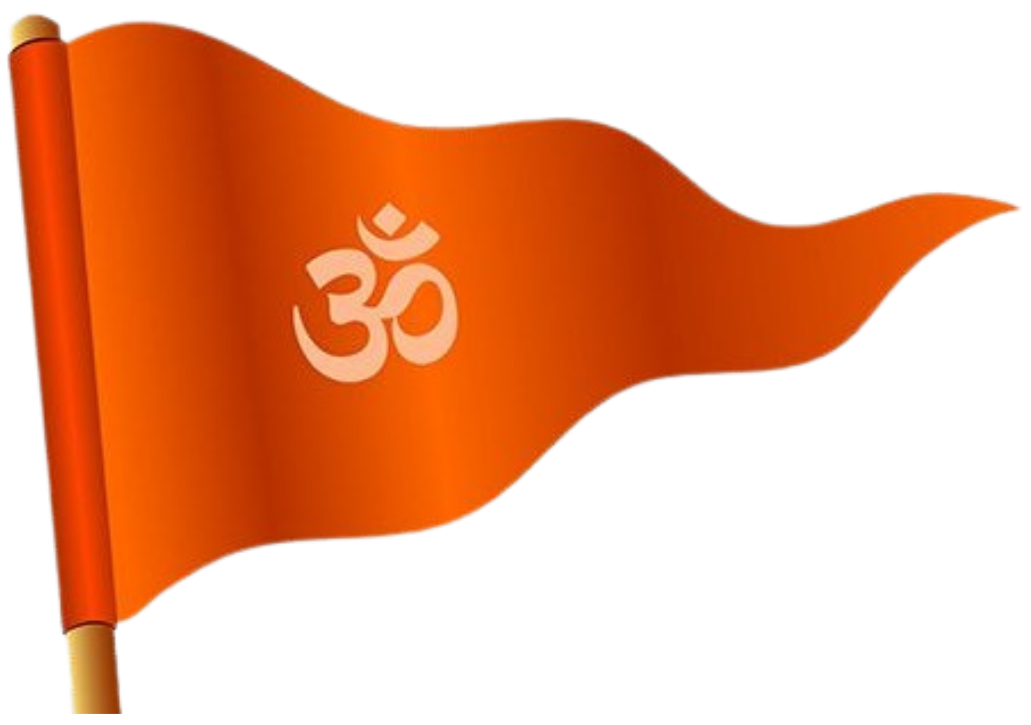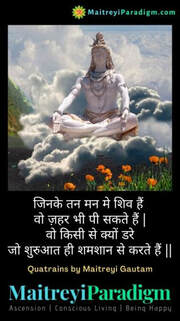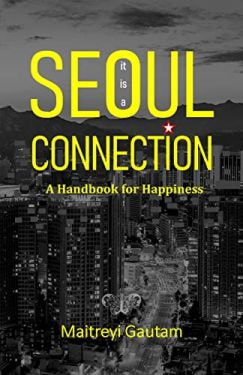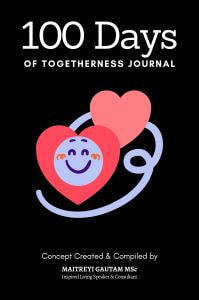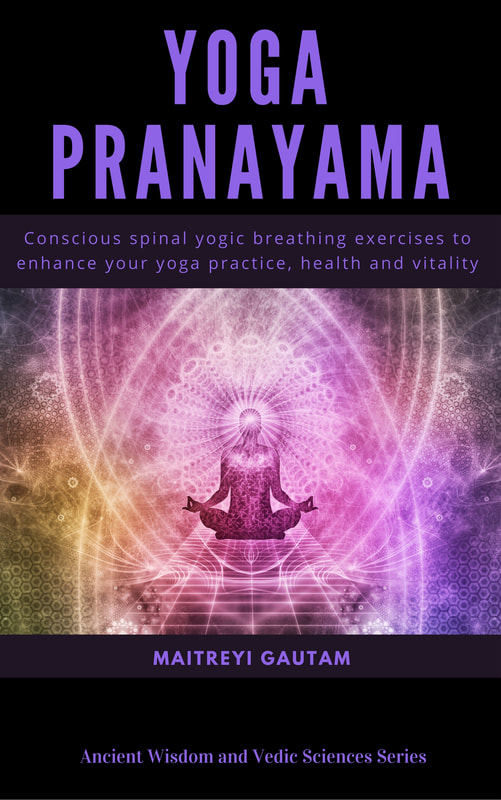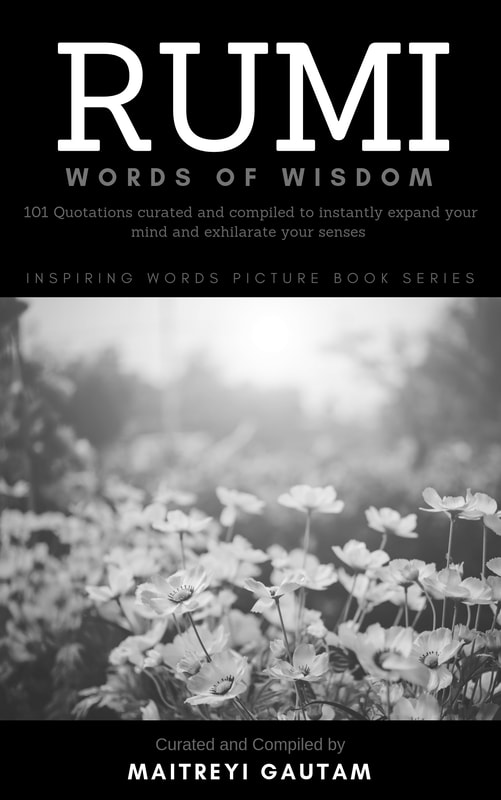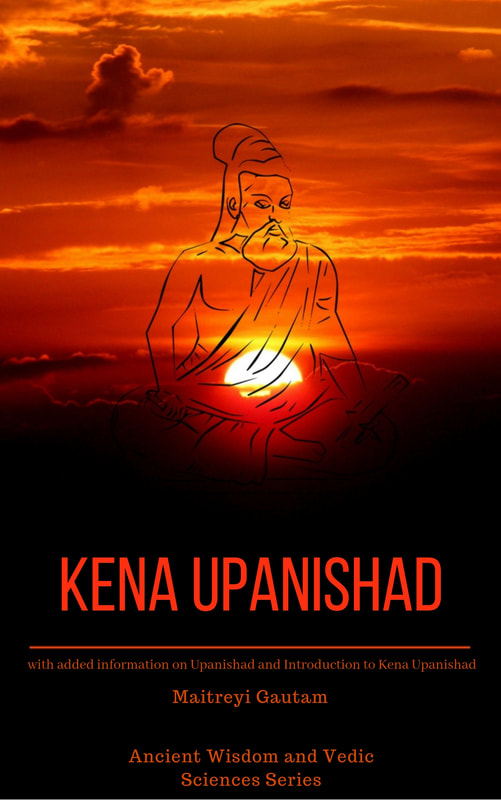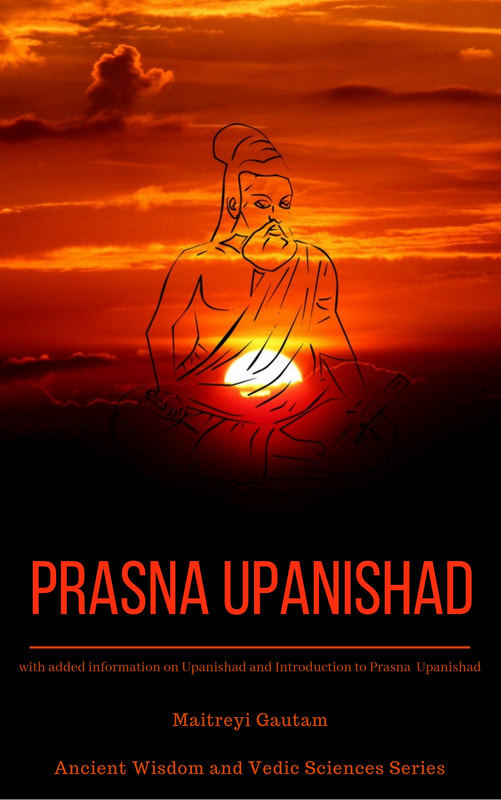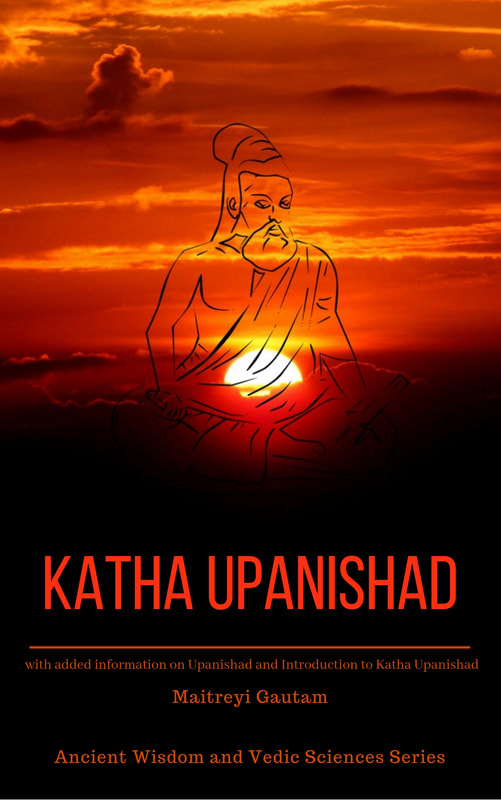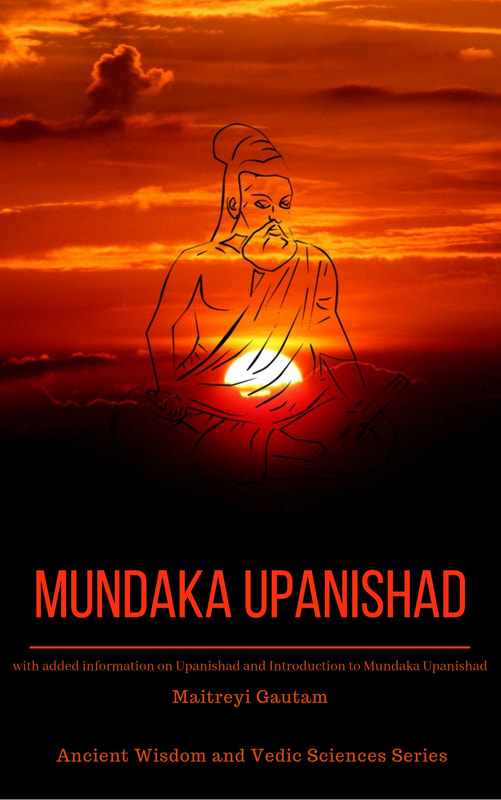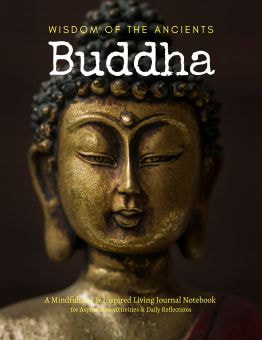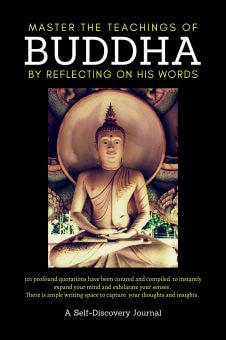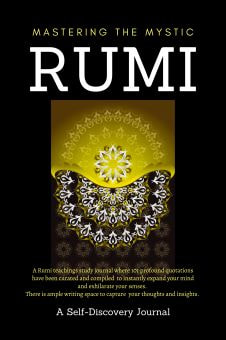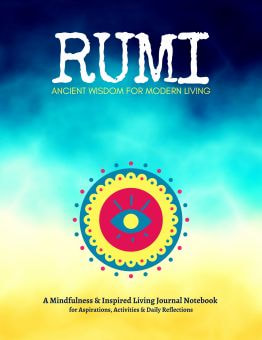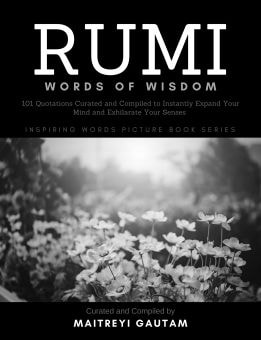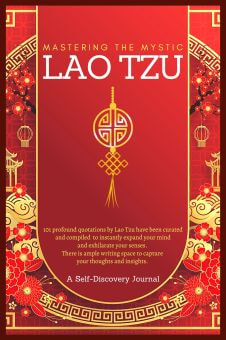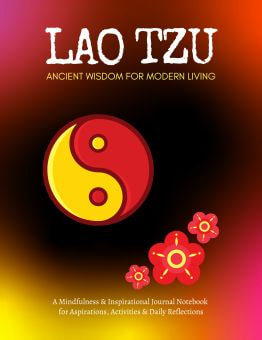Advaita Vedanta is a philosophical and theological tradition within Hinduism that emphasizes the non-dual nature of reality.
The term "Advaita Vedanta" can be broken down into three parts:
Advaita Vedanta, therefore, can be understood as the philosophical interpretation of the Vedas that emphasizes the non-dual nature of ultimate reality. This school of thought was established by the Indian philosopher Adi Shankaracharya (Adi Shankara) in the 8th century CE, who systematized the teachings of the Upanishads, Brahma Sutras, and Bhagavad Gita.
The central teachings of Advaita Vedanta can be summarized as follows
Advaita Vedanta is a profound philosophical tradition that has had a significant influence on Hindu thought and spirituality. It has also inspired various other philosophical and religious traditions, both within and outside India.
The term "Advaita Vedanta" can be broken down into three parts:
- Advaita: The word "Advaita" is a Sanskrit term that translates to "not two" or "non-dual." It denotes the belief that the ultimate reality is a singular, indivisible, and absolute entity. In Advaita Vedanta, this ultimate reality is referred to as Brahman.
- Veda: The term "Veda" refers to the oldest scriptures of Hinduism, consisting of a large body of religious texts that include the Rigveda, Samaveda, Yajurveda, and Atharvaveda.
- Anta: The word "anta" in Sanskrit means "end" or "conclusion." In this context, it refers to the culmination or essence of the teachings contained in the Vedas.
Advaita Vedanta, therefore, can be understood as the philosophical interpretation of the Vedas that emphasizes the non-dual nature of ultimate reality. This school of thought was established by the Indian philosopher Adi Shankaracharya (Adi Shankara) in the 8th century CE, who systematized the teachings of the Upanishads, Brahma Sutras, and Bhagavad Gita.
The central teachings of Advaita Vedanta can be summarized as follows
- Brahman is the Ultimate Reality: Advaita Vedanta teaches that the ultimate reality is Brahman, an infinite, unchanging, and undifferentiated absolute consciousness. Everything in existence emanates from and ultimately returns to Brahman.
- Atman and Brahman are One: The individual self (Atman) is essentially the same as Brahman. The perceived separation between the self and the absolute reality is an illusion (Maya) created by the mind. Through self-inquiry and spiritual practice, one can transcend this illusion and realize the oneness of Atman and Brahman.
- Moksha (Liberation): The ultimate goal of human life, according to Advaita Vedanta, is to achieve Moksha, or liberation, by realizing the non-dual nature of existence and experiencing the unity of Atman and Brahman. This realization leads to the dissolution of the cycle of birth and rebirth (Samsara) and the attainment of eternal bliss.
Advaita Vedanta is a profound philosophical tradition that has had a significant influence on Hindu thought and spirituality. It has also inspired various other philosophical and religious traditions, both within and outside India.

